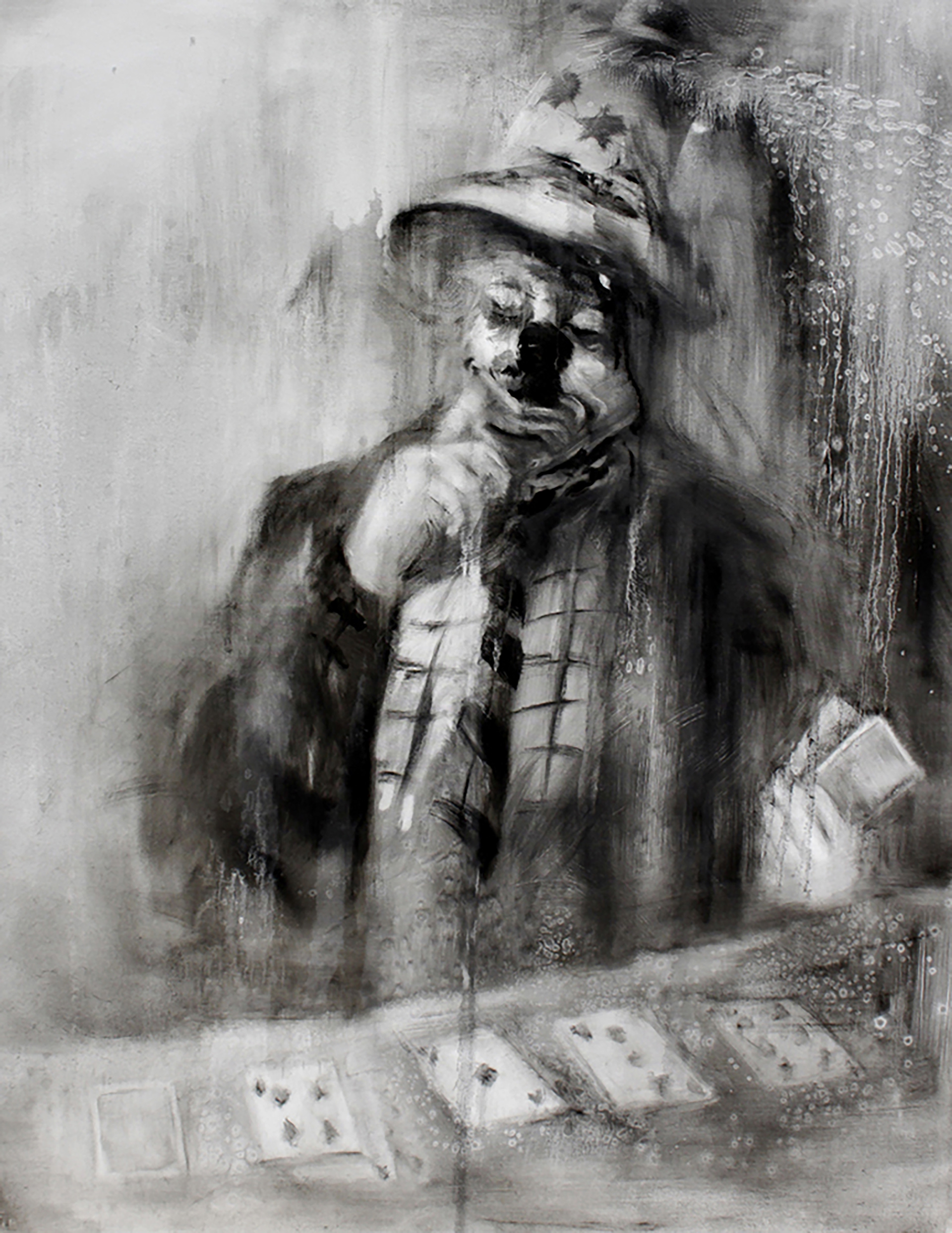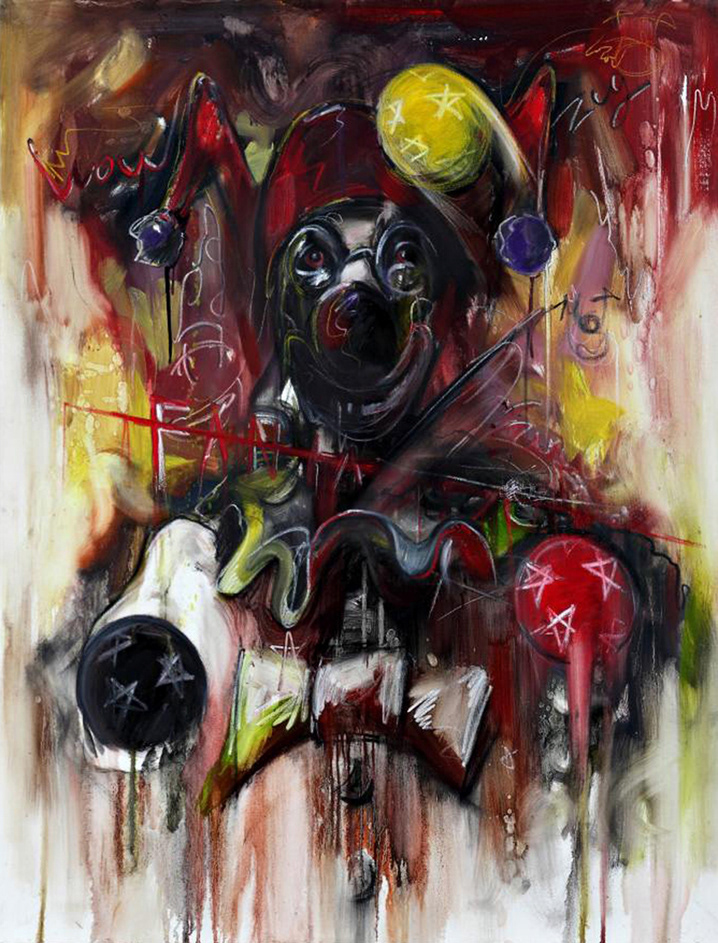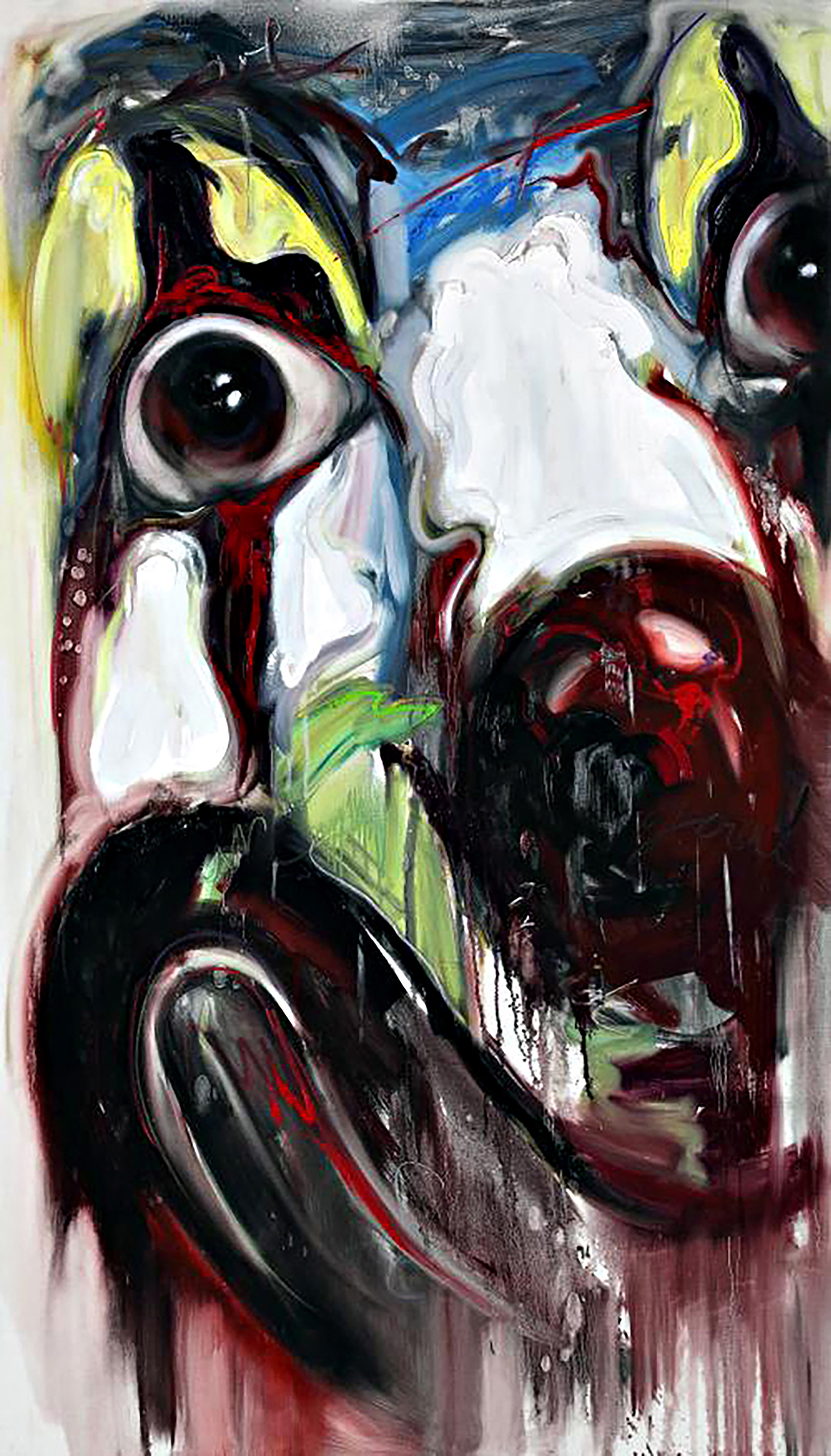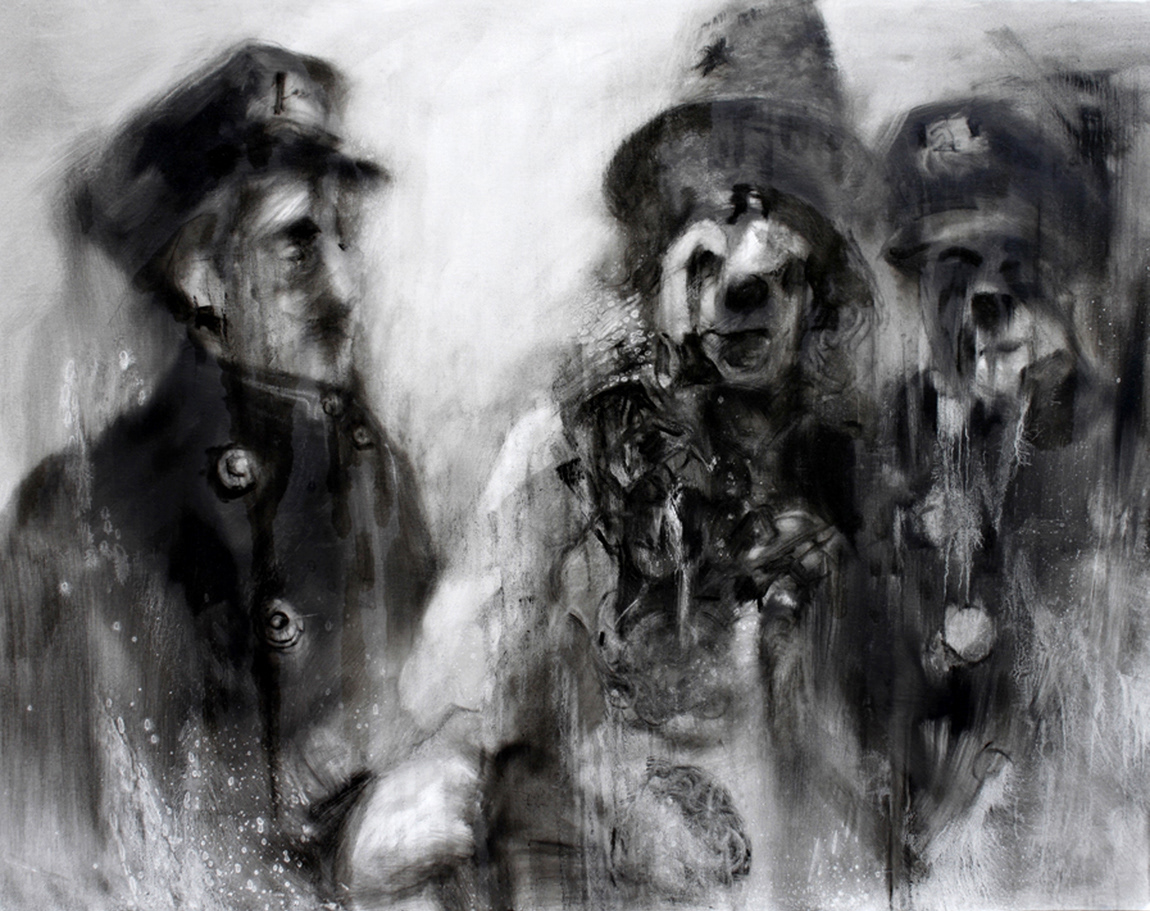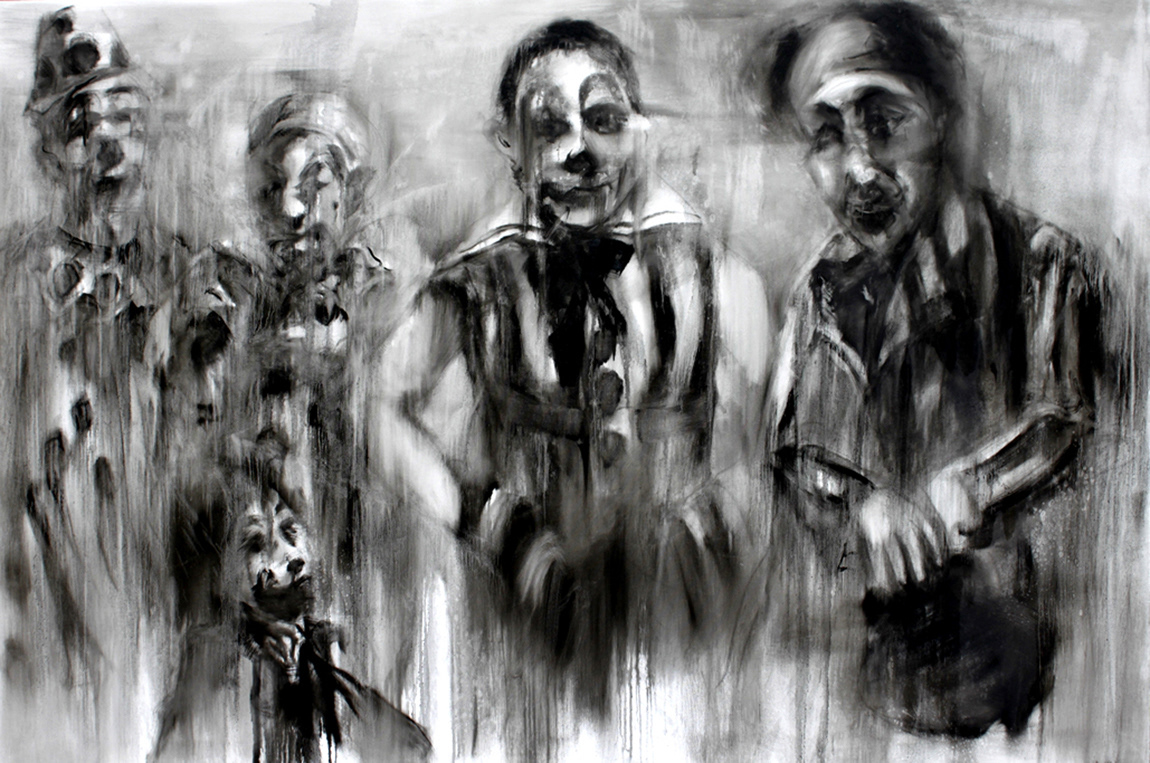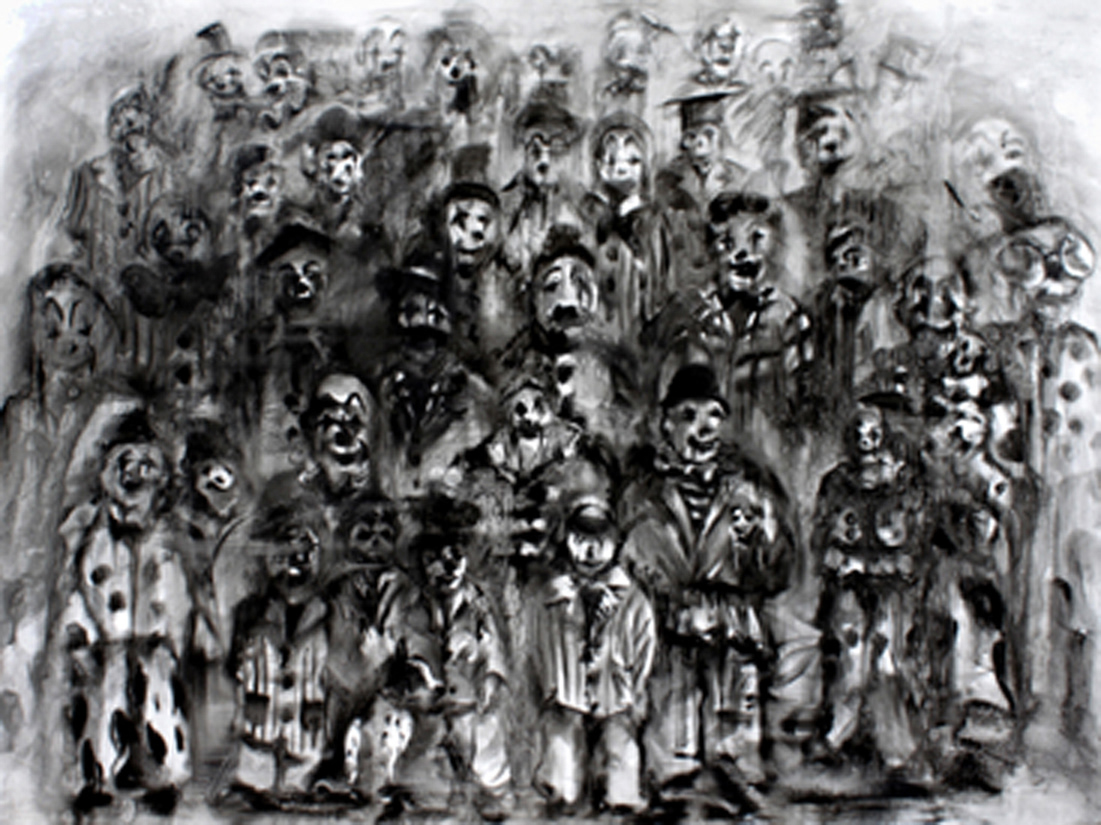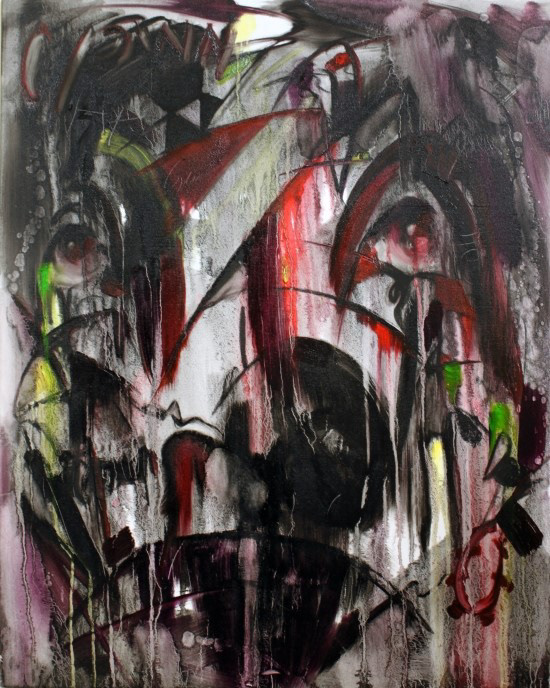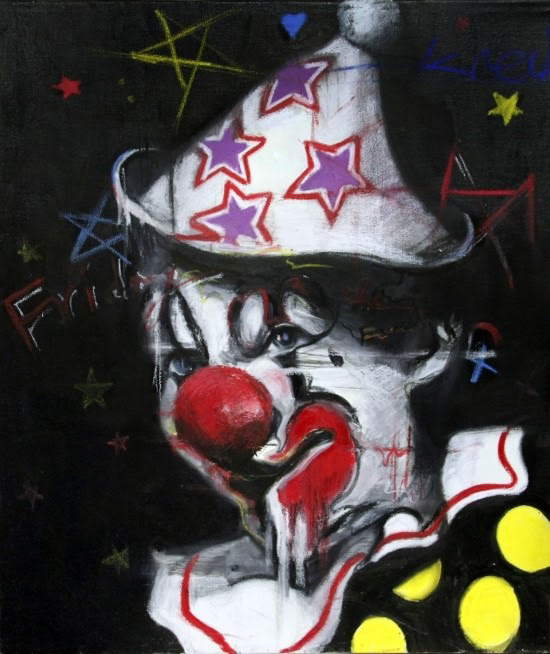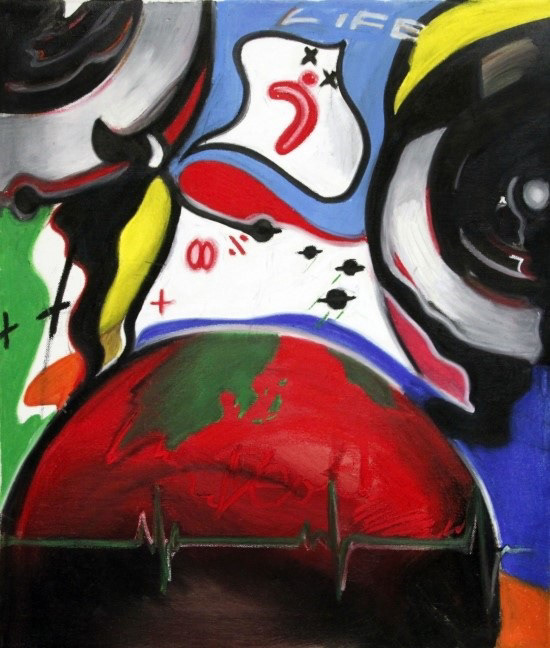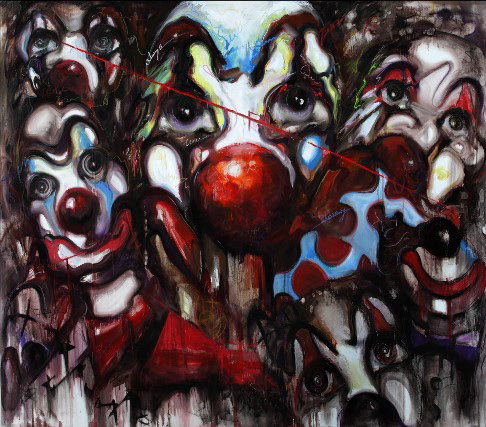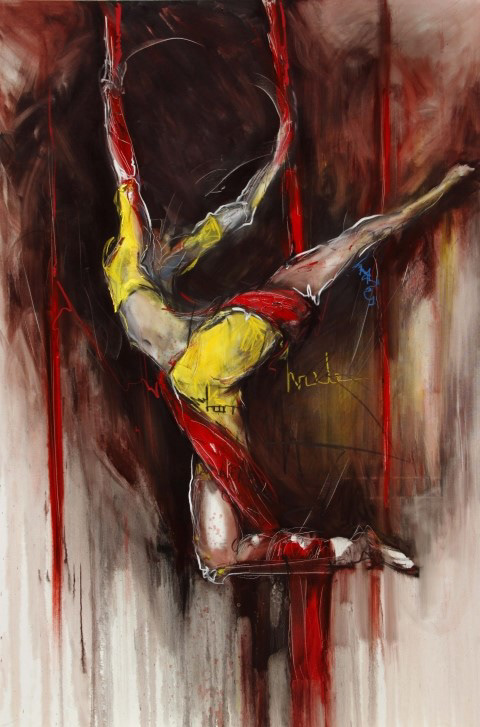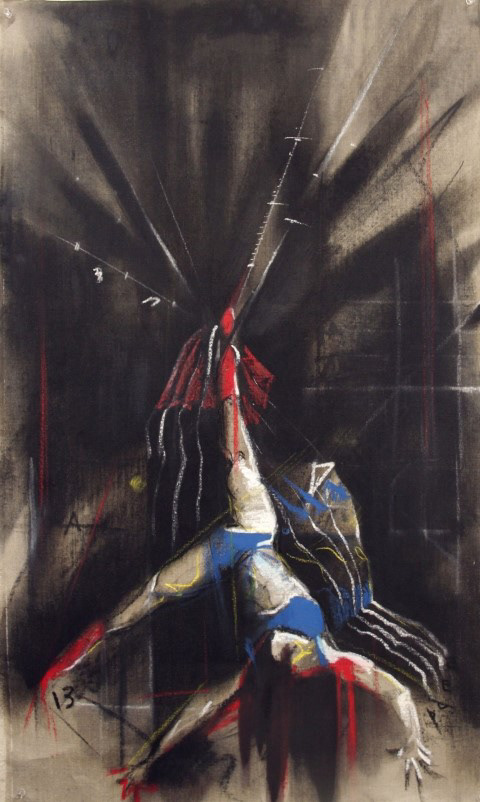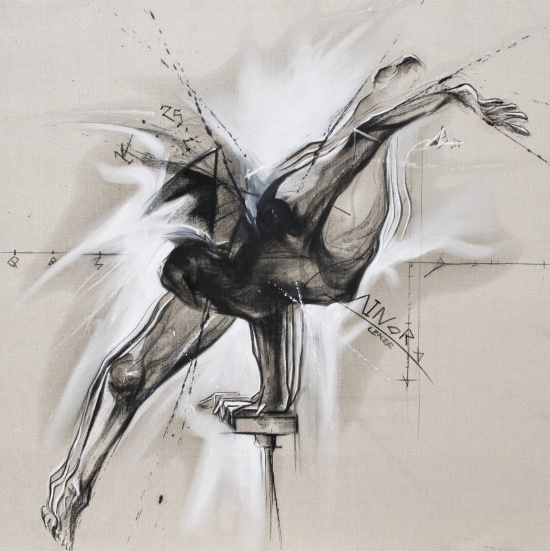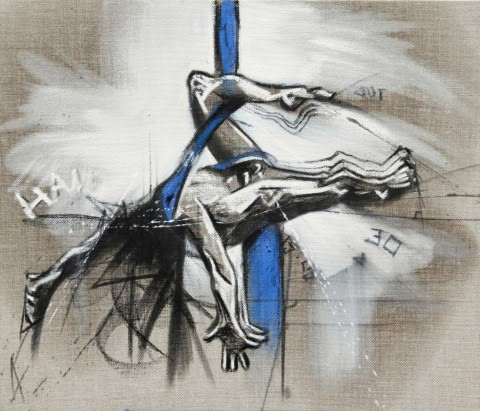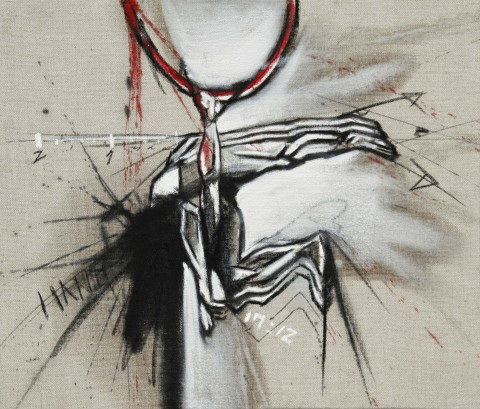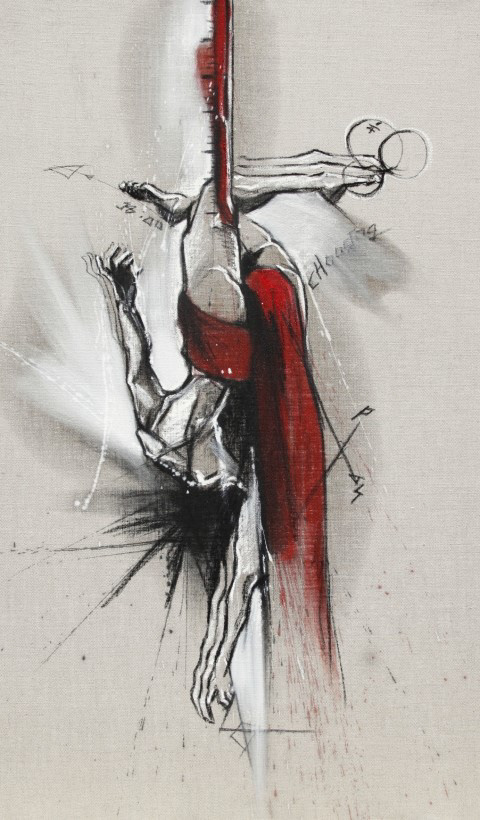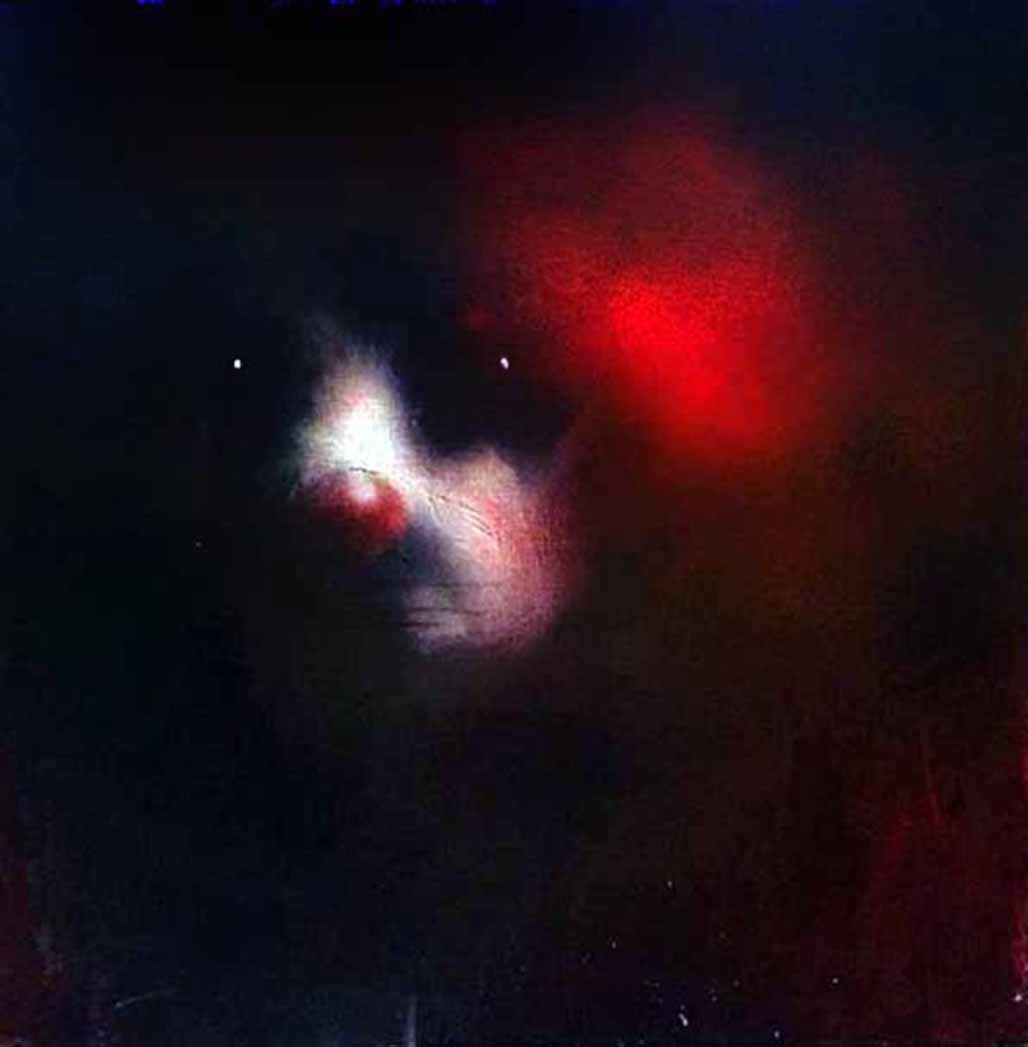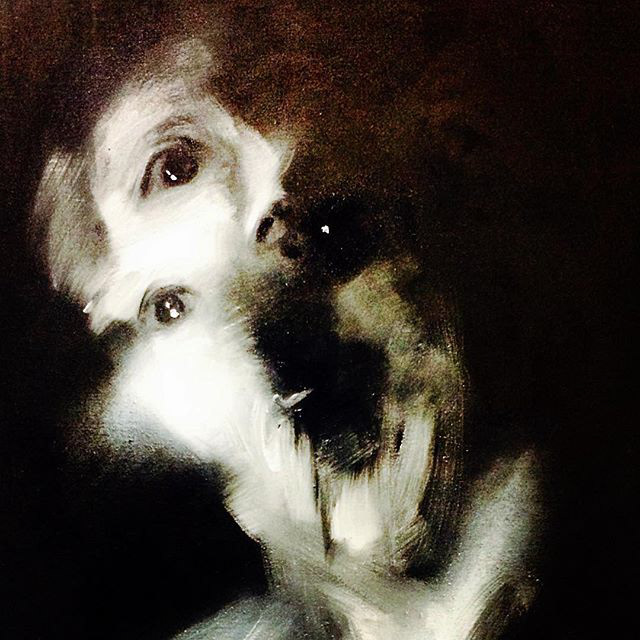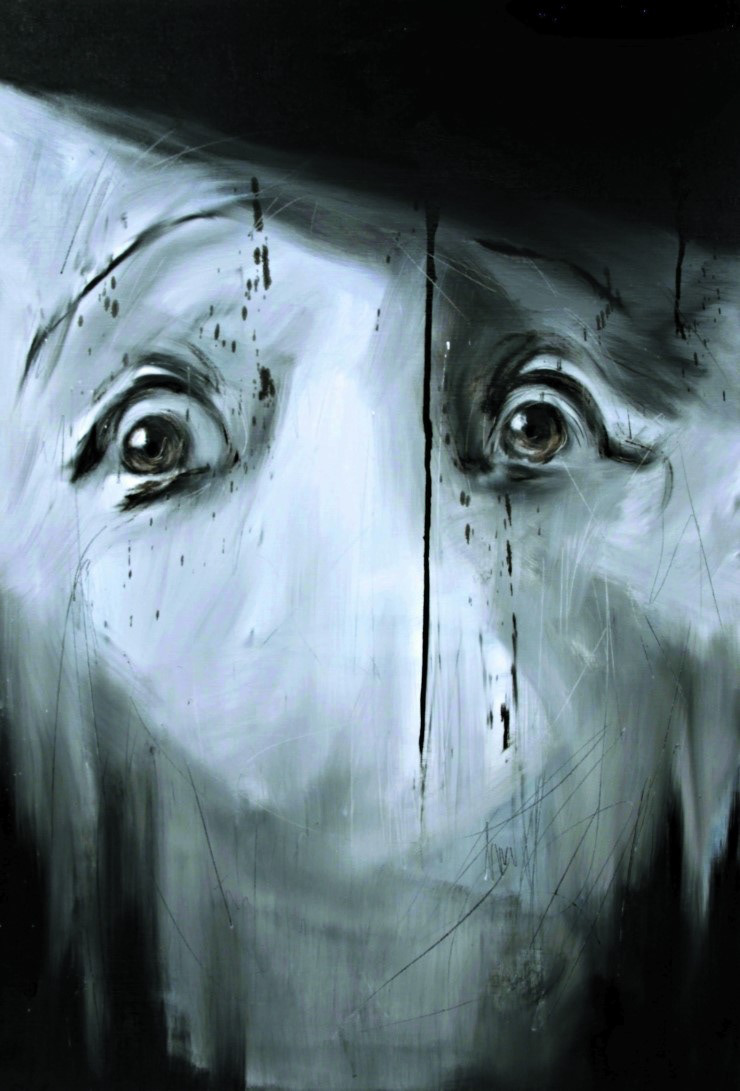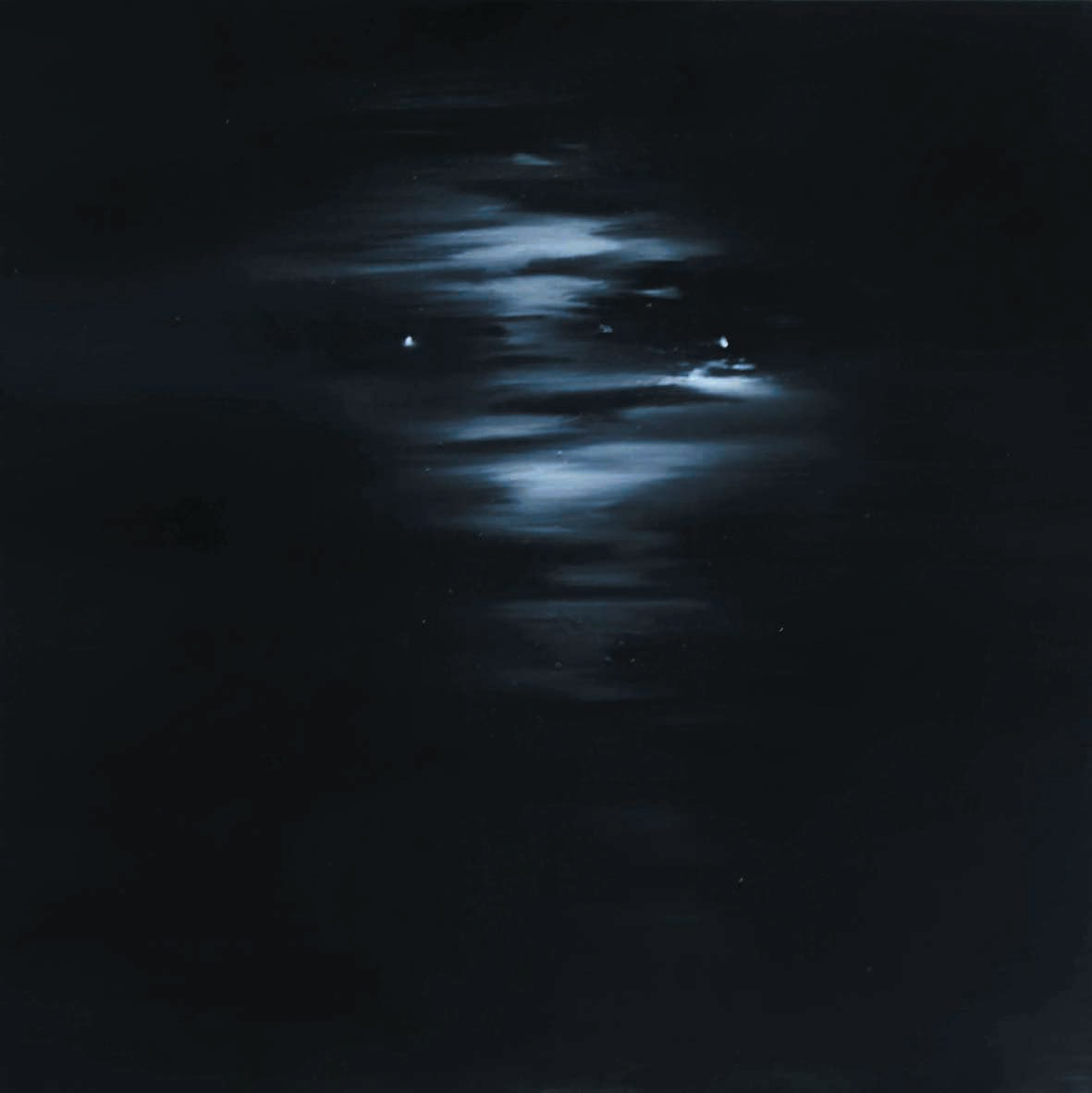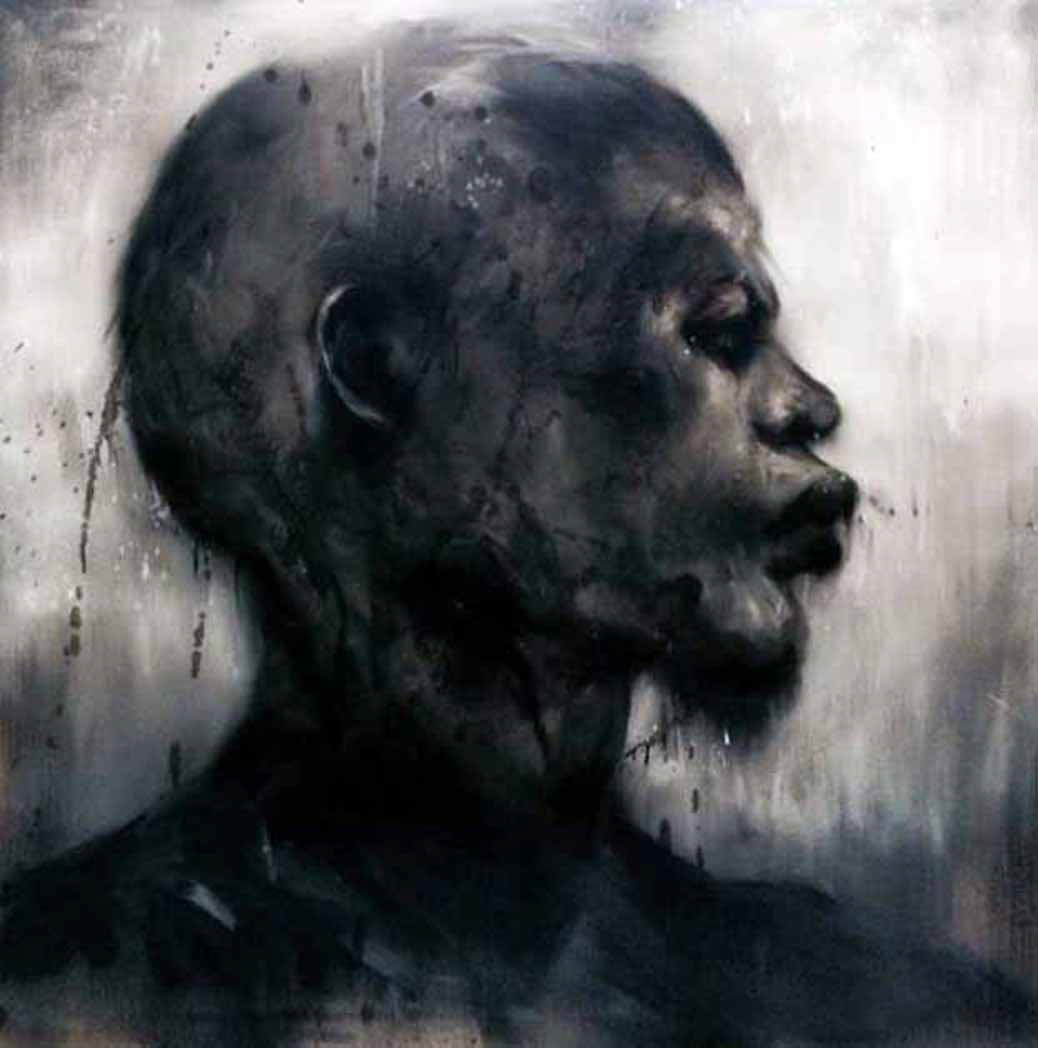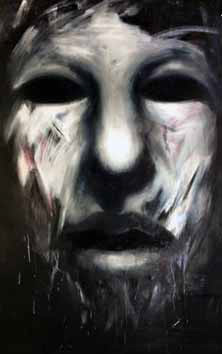The character’s makeup is inspired by Bian Lian, the traditional face-changing performance art of Sichuan opera in China, where actors swiftly alter their facial masks in an instant. Except for the process of applying makeup directly to the model, no other intentional direction intervenes—the gestures of the model and the faint ambient sounds that surround them are captured as they are, raw and unfiltered.
The persona exists behind the makeup. Through makeup, the individual identity is intentionally excluded. Their gestures become an attempt to uncover a self that has been twice concealed—once by the skin itself, and again by the painted mask upon it. Ultimately, beneath the layers of makeup that cannot be fully erased lies exposed skin— and even that, perhaps, is yet another meticulously crafted disguise.
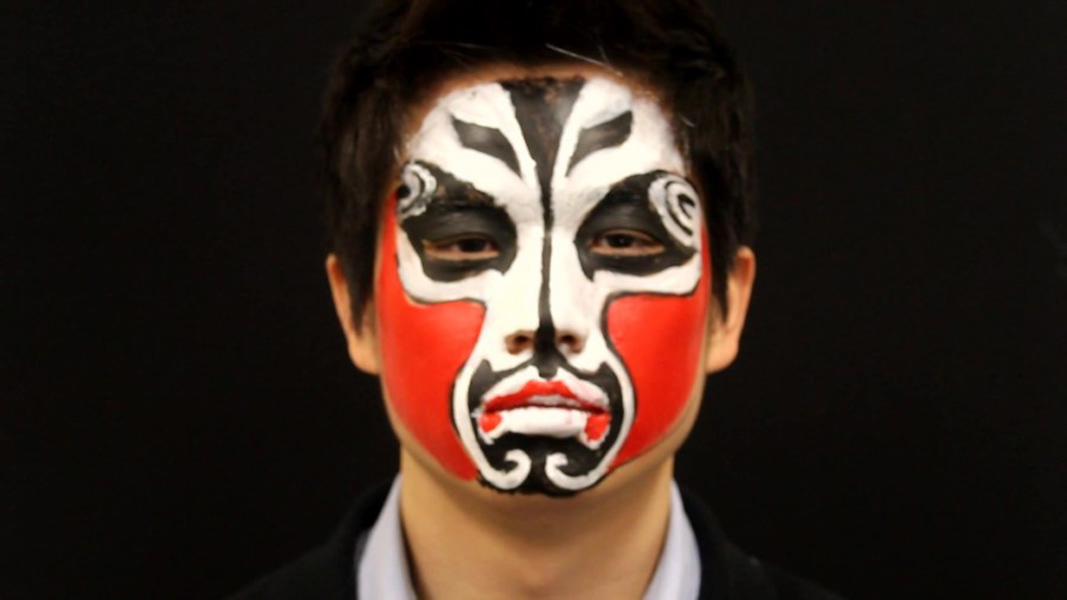
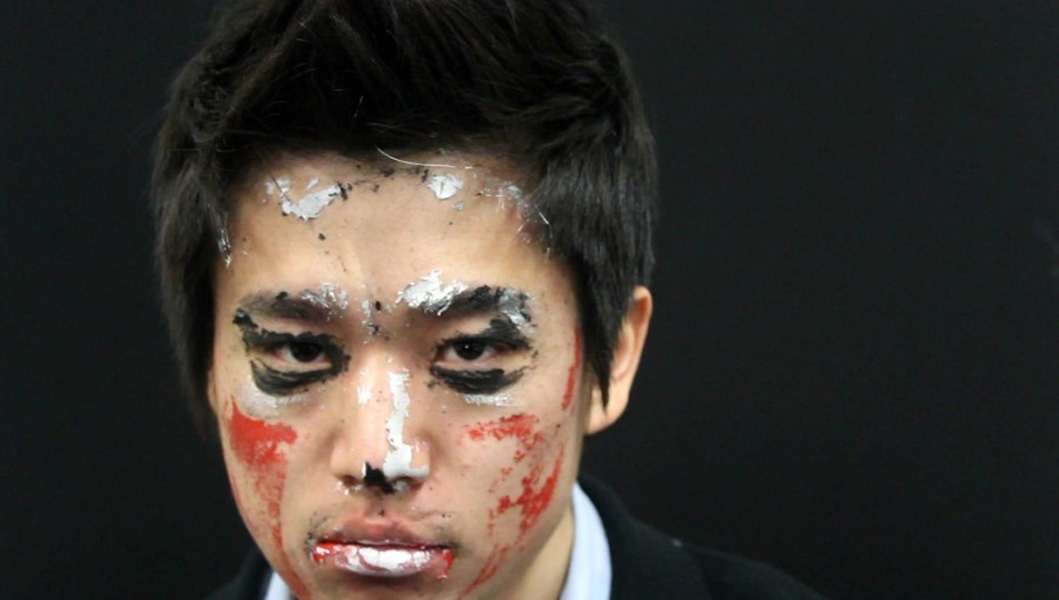

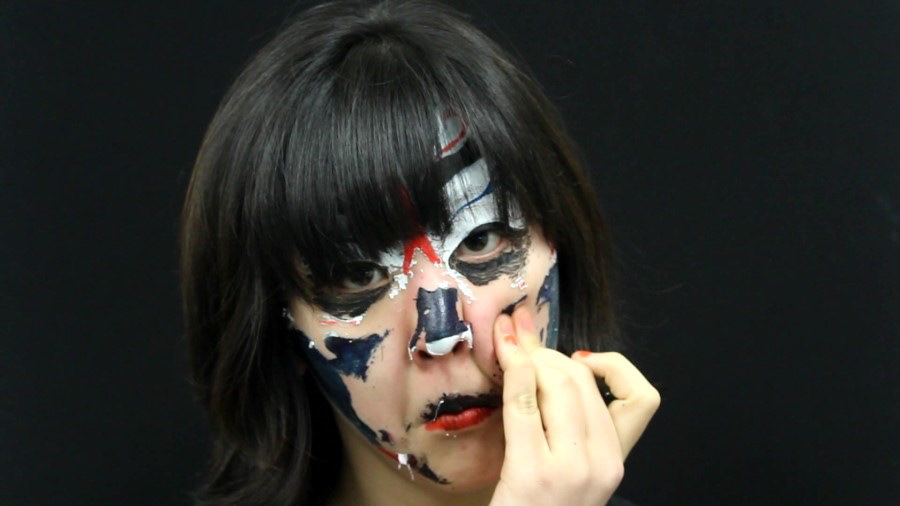

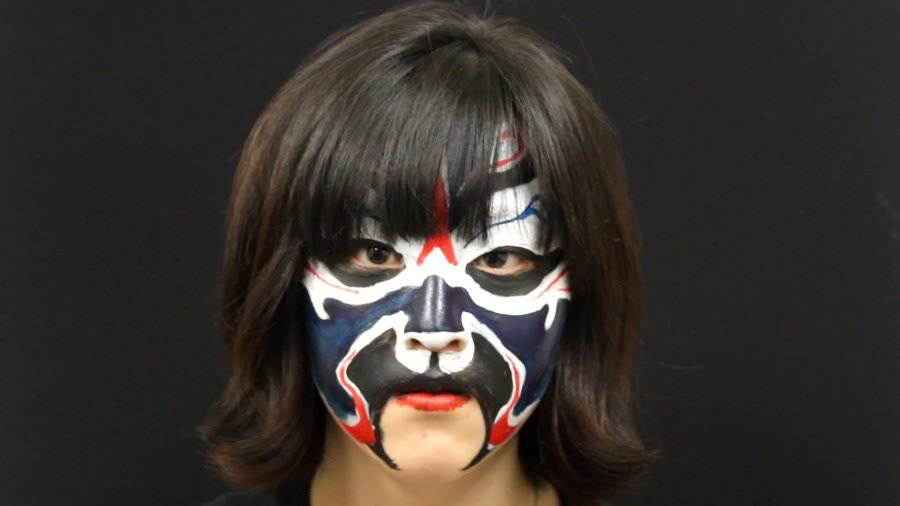



In the desolate darkness, their portraits appear hollow and pale, as though they are on the verge of death. Yet their gazes are unmistakably fixed beyond the frame. Most visitors who encounter them in the exhibition space are likely to feel fear, emptiness, or unease. Through direct expressions of negative subjects, Jihoon Kim approaches and observes the question: what, in truth, constitutes human life?
Today, the notion of an individual life has expanded across a wide spectrum. From the closest circles—family, friends, academic ties—to broader layers of society, nation, or humanity itself, every classification begins with a single human being. Yet perhaps the individual already lives under the compulsion of interactions structured by mutual agreements, struggling merely to follow along. This is the loss of individuality. Most, however, remain unaware that their true lives are concealed beneath this veil of relationships, and instead force themselves to adapt to whatever reality they face.
Here, the artist turns to the figure of the clown—an existence that resists controlled life and embodies the rawness of being. Known also as the fool, the clown has always hidden their true self behind makeup, serving as a metaphor for human joys and sorrows. Once assigned a role befitting their painted face, they were compelled to perform it faithfully. Such a life inevitably leads to the erasure of individuality. They become part of the crowd. The crowd is not limited to clowns but emerges as the product of collectivization, including the anonymous multitude of individuals—bleached into sameness and doubly veiled under the name of society. The reality in which even clowns, once regarded as extra-social beings, are subsumed and desaturated by the concept of the crowd reveals a silent violence that takes human form on the canvas, stealthily encroaching upon our lives.
The method of repeatedly erasing and repainting figures once drawn is a gesture of reflection and self-interrogation toward concealed lives and bleached identities. The stark contrasts of light and shadow, and the intervals between figures and spaces rendered in black and white, measure both the depth of kinship felt with those already absorbed into the crowd and the profound emptiness generated by such a life. Extreme techniques—scraping, dripping, splattering—become confessions of a longing for raw existence beyond control. These gestures amplify the visual tension on the canvas while simultaneously expressing the will to reveal the individual resisting control.
To live truthfully, free of impurities, is a natural human desire. The artist points toward the path of questioning and confronting the lost life that begins with the betrayal of that very obvious truth. This exhibition is also intended as a moment for viewers to reflect upon the discomfort they experience and to ask: From what point in my own life does this feeling arise?
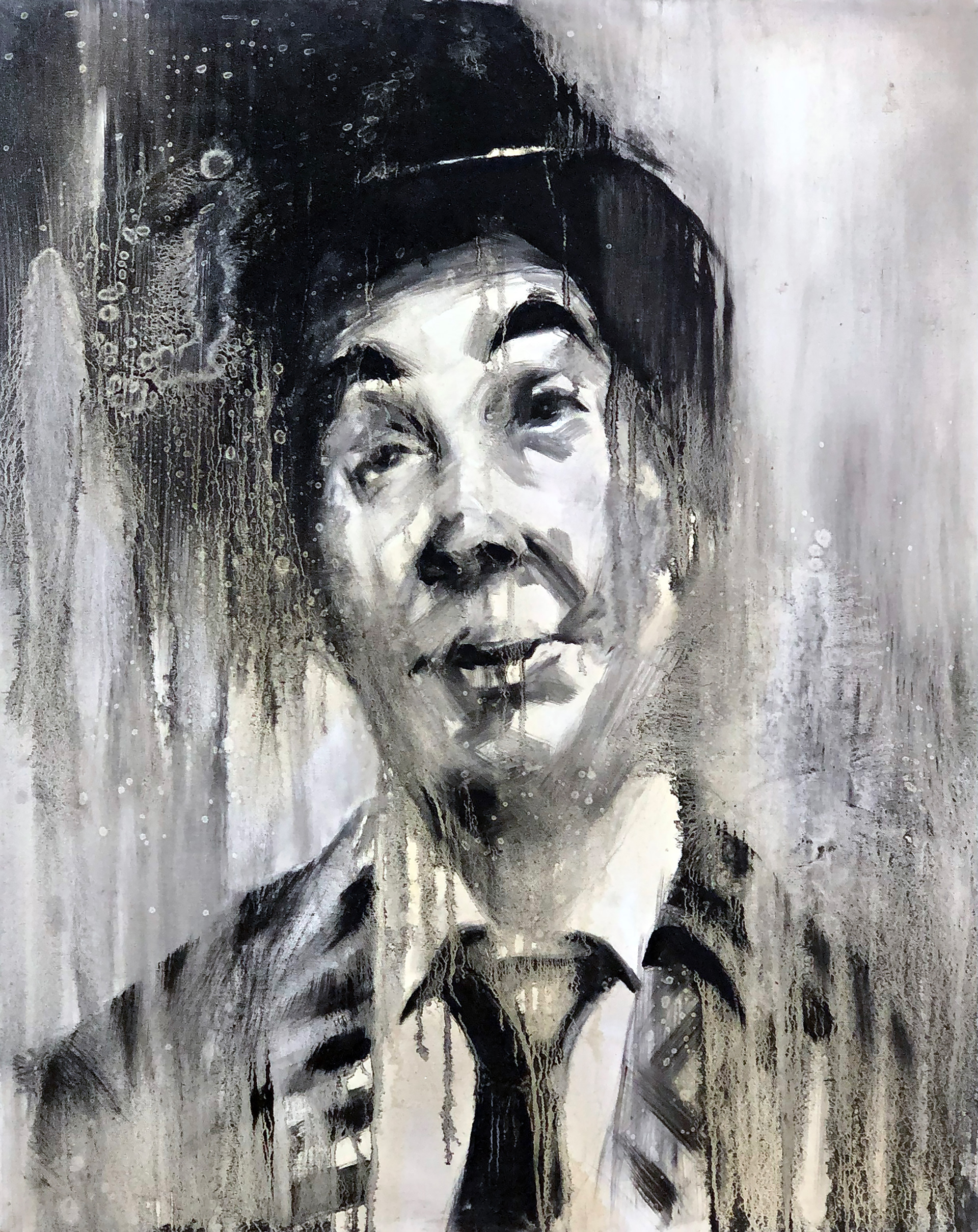
Clown No.1, Oil and Korean ink (玄) on canvas, 90.9 × 72.7 cm (36 × 29 in.), 2012
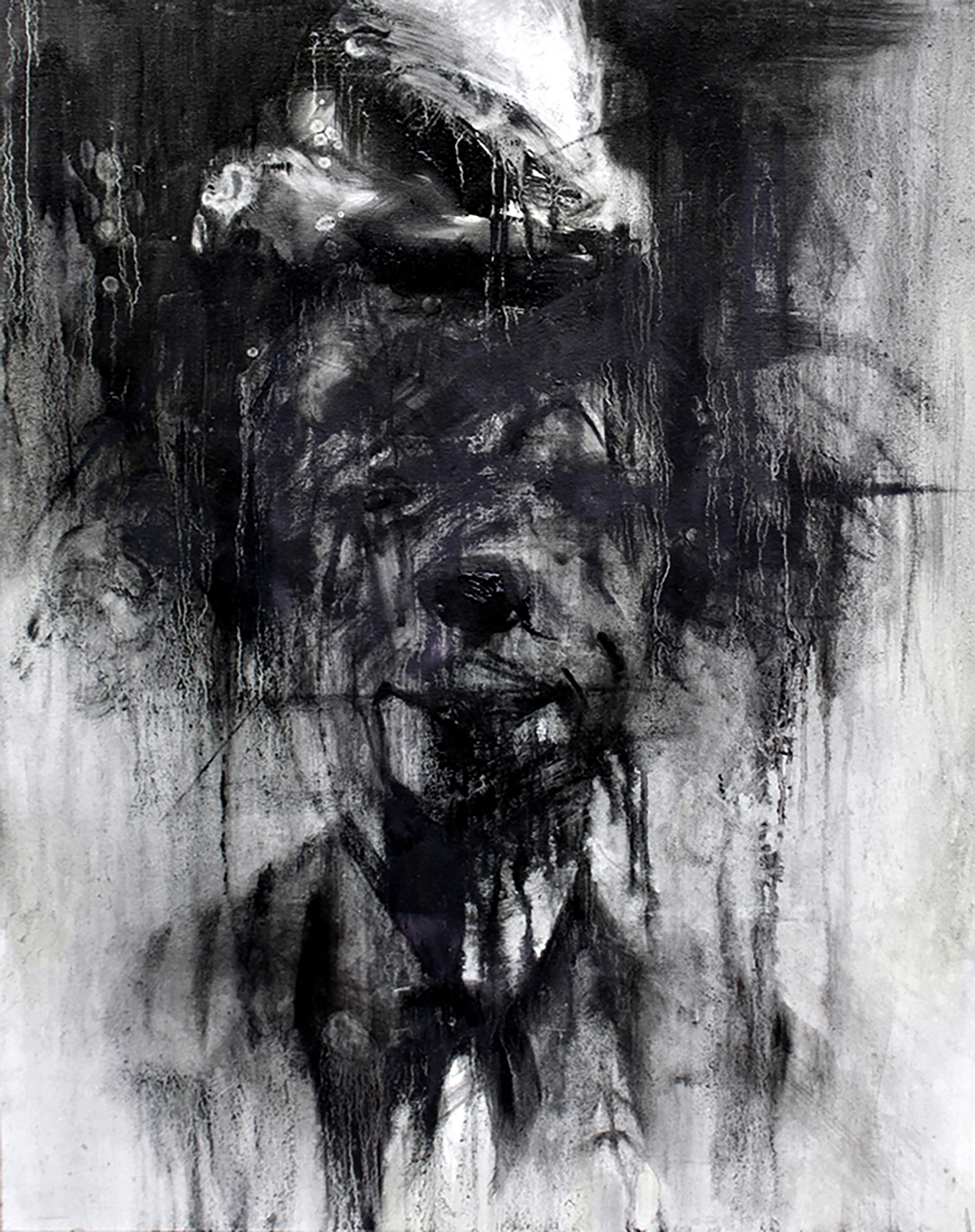
Clown No.2, Oil and Korean ink (玄) on canvas, 90.9 × 72.7 cm (36 × 29 in.), 2012

Clown No.3, Oil and Korean ink (玄) on canvas, 90.9 × 72.7 cm (36 × 29 in.), 2012
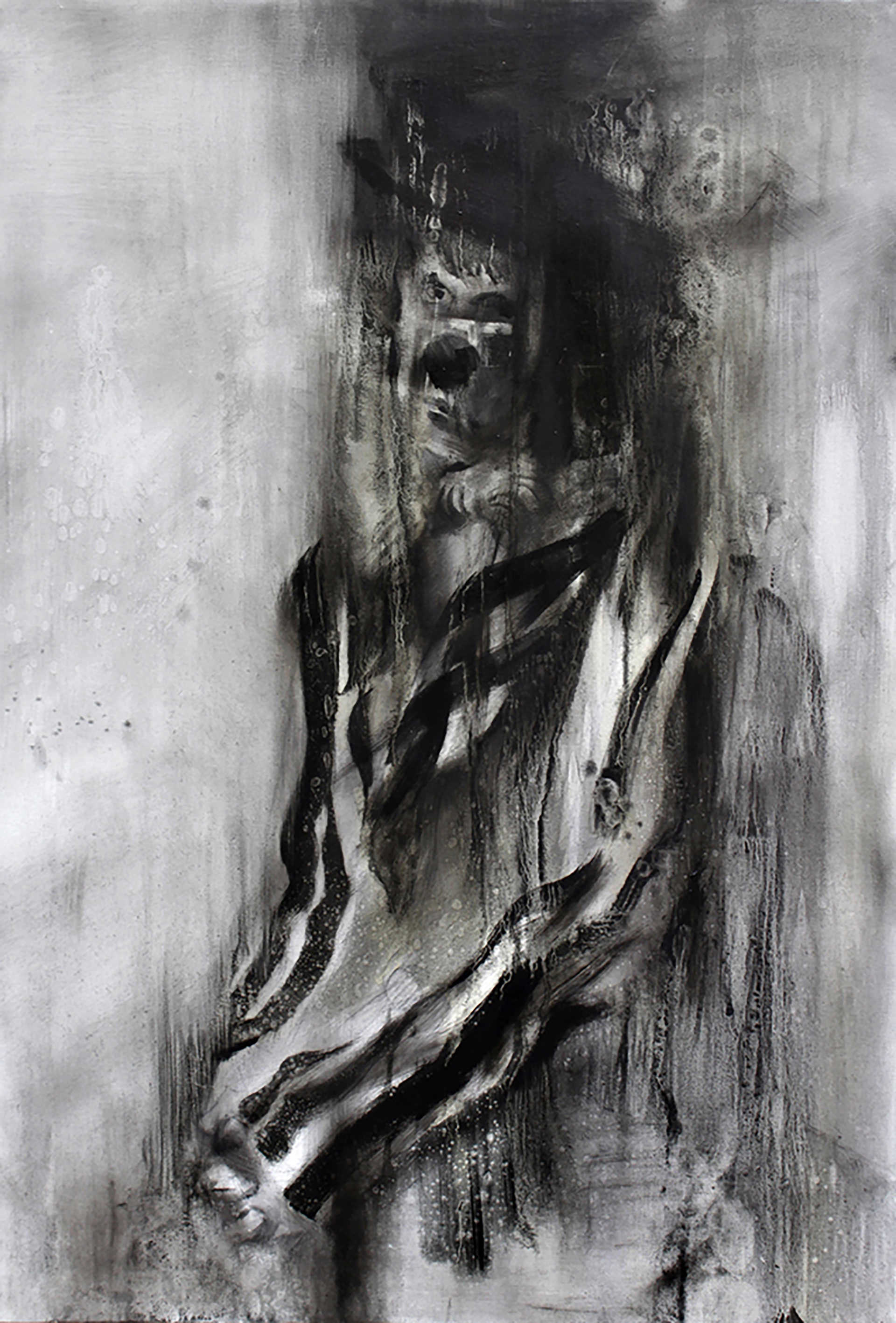
Clown No.4, Oil and Korean ink (玄) on canvas, 116.8 × 80.3cm (46 × 32 in.), 2012
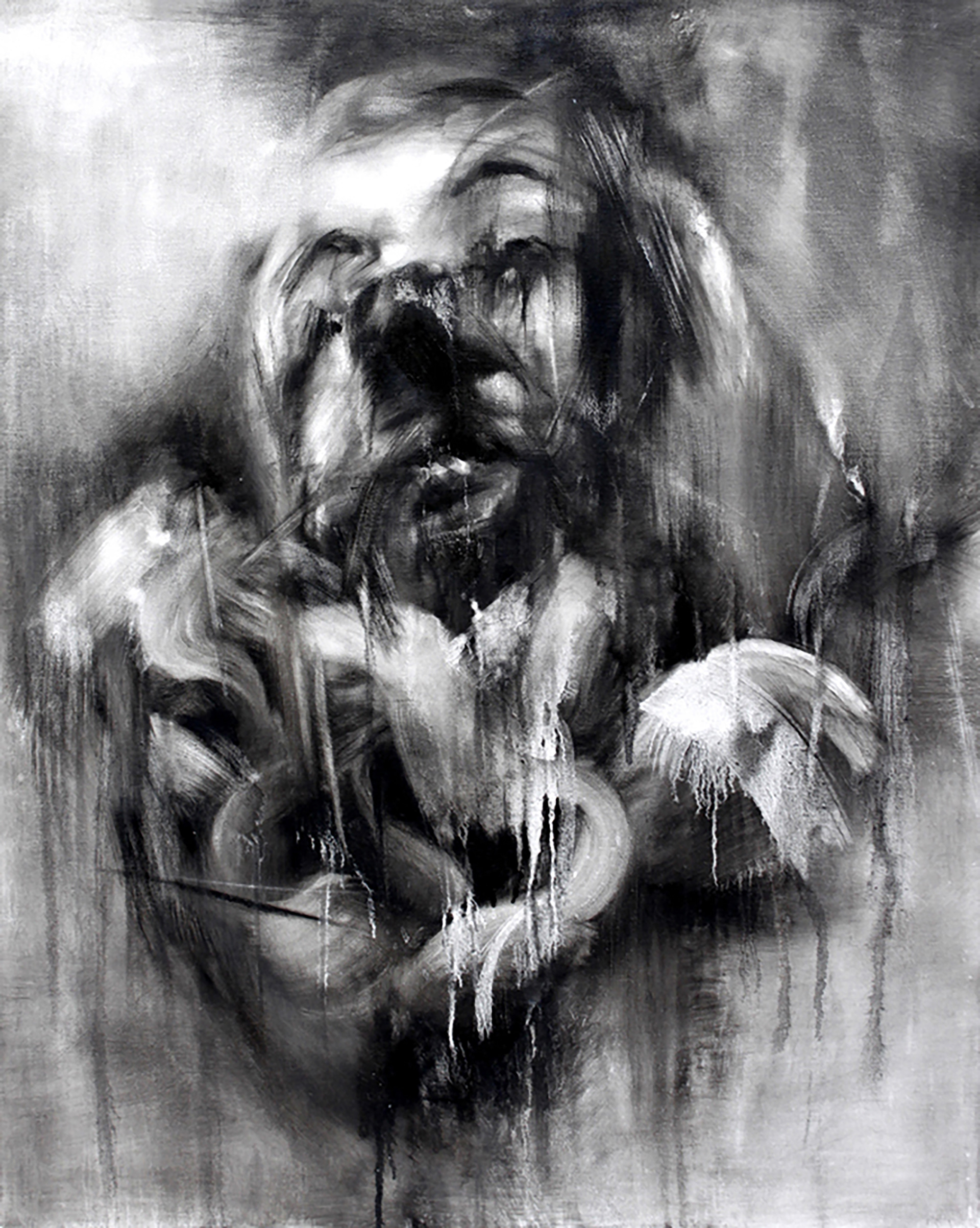
Clown No.5, Oil and Korean ink (玄) on canvas, 90.9 × 72.7 cm (36 × 29 in.), 2012
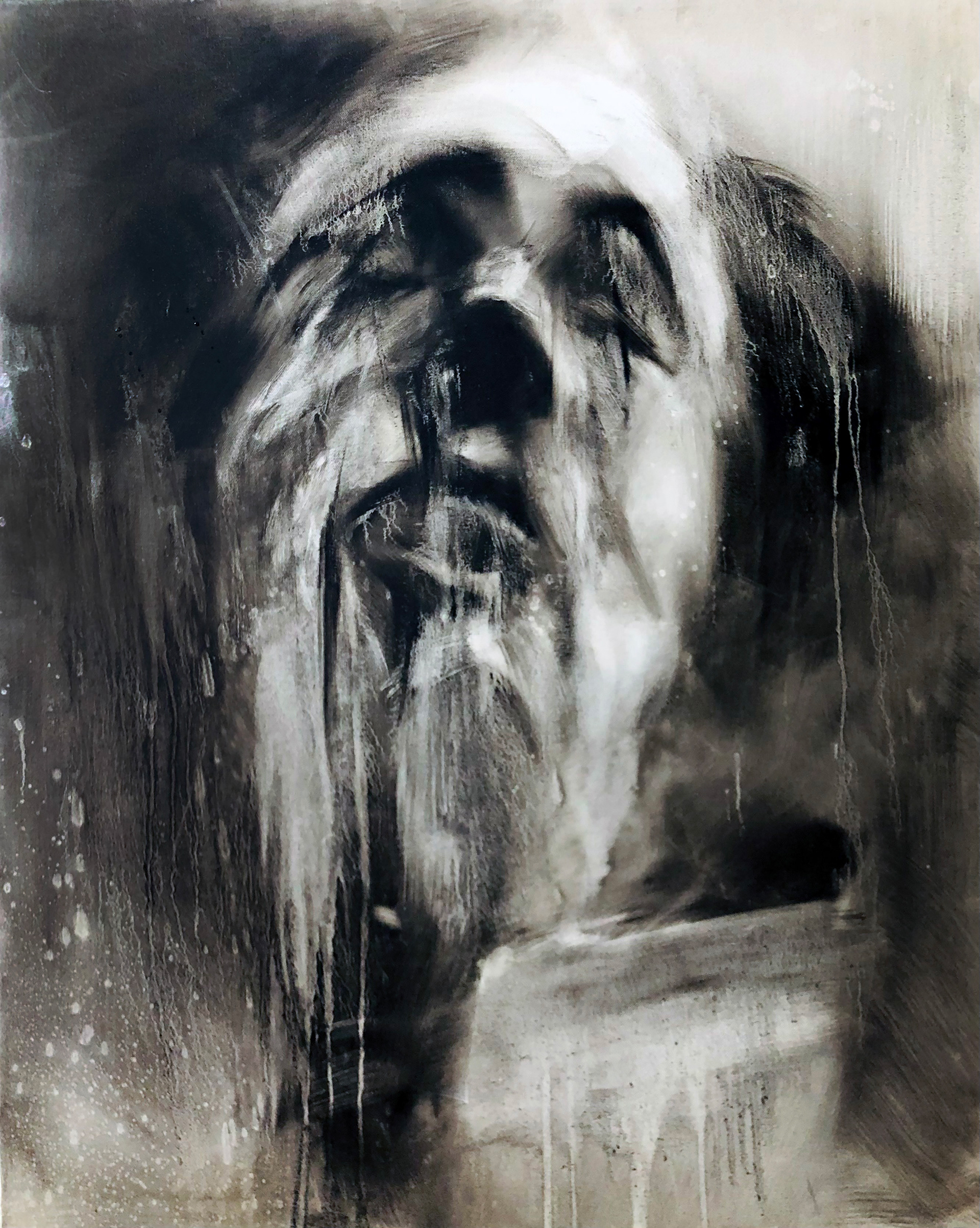
Clown No.6, Oil and Korean ink (玄) on canvas, 90.9 × 72.7 cm (36 × 29 in.), 2012
